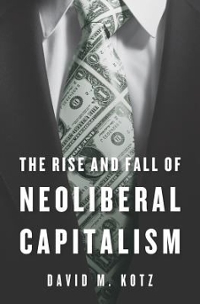This is for my econ 460 class.
Problem 14.10. A fair coin is tossed repeatedly and the record of the outcomes is kept. Tossing stops the moment the total number of heads obtained so far exceeds the total number of tails by 3. For example, a possible sequence of tosses could look like HHTTTHTHHTHH. What is the probability that the length of such a sequence is at most 10?Problem 14.8. Let {X}nen, be a simple symmetric random walk (Xo = 0, p = q = What is the probability that X, will visit all the points in the set {1, 2,3, 4} at least once during the time-interval n e {0,.... 10}? (Note: write your answer as a sum of binomial coefficients; you don't have to evaluate it any further.)Problem 14.5. Let X and Y be two Bernoulli random variables with the same parameter p = NI Can the support of their sum be equal to {0, 1}? How about the case where p is not necesarily equal to $? Note that no particular dependence structure between X and Y is assumed.Problem 14.6. Let {X,}men, be a symmetric simple random walk. For n E N the average of the random walk on the interval [0. n] is defined by An = LEXX. k=1 1. Is { AnneN, a simple random walk (not necessarily symmetric)? Explain carefully using the definition. 2. Compute the covariance Cov(Xx, Xi) = E[(Xx - E[Xx])(X1 - E[Xi])]. for k Cle NProblem 14.3. 1. An urn contains 1 red ball and 11] blue balls. Either than their color, the balls are indis- tiguishable. so if one is to draw a ball from the urn without peel-ting - all the balls will be equally likely to be selected. If we draw 5 balls from the urn at once and without peeking, what is the probability that this collection of 5 balls contains the red ball? 2. We roll two fair dice. What is the probability that the sum of the outcomes equals exactly "I"? 3. Assume that A and B are dtq'otnt events, tel. assume that A I1 3 = I. Moreover. let 1PM] = c b I] and lP'[B] = I: \":r [1 Calculate PM U B] and lP'[A:"'1 B]. using the values a and b: Problem 14.4. 1. Consider an experiment which consists of 2 independent coin-tosses. Let the random vari- able X denote the number of heads appearing. Write down the probability mass function of X. 2. There are 10 balls in an urn numbered 1 through 10. You randomly select 3 of those balls. Let the random variable Y denote the maximum of the three numbers on the extracted balls. Find the probability mass function of Y. You should simplify your answer to a fraction that does not involve binomial coefficients. Then calculate: P[Y 2 7]. 3. A fair die is tossed 7 times. We say that a toss is a success if a 5 or 6 appears; otherwise it's a failure. What is the distribution of the random variable X representing the number of successes out of the 7 tosses? What is the probability that there are exactly 3 successes? What is the probability that there are no successes? 4. The number of misprints per page of text is commonly modeled by a Poisson distribution. It is given that the parameter of this distribution is A = 0.6 for a particular book. Find the probability that there are exactly 2 misprints on a given page in the book. How about the probability that there are 2 or more misprints












